Cooley High – A Film that Captures the Essence of Black Youth in the 70s
February 9, 2022 By Go BackUntil recent decades, many examinations of African American cinema had a large gap between Oscar Micheaux and Spike Lee where white critics and academics thought there weren’t many Black directors with an oeuvre worthy of examination. Thankfully, as those pools diversify, we’re rediscovering decades of Black filmmakers and their works. More artistic and experimental ventures like Charles Burnett’s Killer of Sheep (1978) and Melvin Van Peeble’s Sweet Sweetback’s Badasssss Song (1971) have firmly entered the canon but, there’s still plenty of hidden gems from artists working in and around the peripheries of popular cinema ripe for re-evaluation. One film that’s finally getting its due is 1975’s Cooley High from director Michael Schultz and writer Eric Monte.
Cooley High tells the story of Preach, played by an unbelievably young but recognizably solid Glynn Turman, and his group of friends who get up to the usual high school hijinks of cutting class and trying to get dates. Eric Monte based his script on the ups and downs of his time as a teenager in Chicago’s Cabrini-Green housing projects and the realistic tonal shifts from comedy to drama, as well as Schultz’s casting and shooting in Chicago, help to bring those days to vibrant life. Cooley High stands out as well because after a few decades of Hollywood wooing white teenage audiences, this might be the first film to focus directly on everyday Black teens. It’s also unique because it existed thanks to the already ground-breaking careers of the men behind it.
By 1974 Schultz and Monte were significant in their respective fields. Michael Schultz had translated success on Broadway directing with the Negro Ensemble Company into work in feature film and television. After leaving Chicago, Eric Monte had found success as a Black voice in sitcom writing, including helping to conceptualize and launch The Jeffersons from their appearance on All in the Family. While many major studios had shrugged off so-called ‘Blaxploitation’ as a passing fad by the mid-70s, American International Pictures saw Cooley High as another chance to connect with the buying power of African American audiences. It’s also likely Monte and Schultz each saw a chance to work with less oversight from white creatives and instead collaborate with an exciting emerging and respected voice in Black entertainment.

Even as a white critic watching Cooley High in a modern context, it’s easy to see what makes it unique: Black joy. Before it was cliche on screen Eric Monte knew the darker stories of Cabrini Green were already calcifying in the public’s mind and knew it was as important to portray the moments of humour and excitement in his youth as it was to show the struggles the community had against Chicago’s notoriously racist city policies. While the high stakes drama and car chases may be unforgettable, it’s the moments where this film lets African American teens just be goofy and carefree that keeps it feeling radical even compared to modern Hollywood’s typical portrayal of young Black men. It likely felt unbelievable in 1975.
Cooley High’s balance of autobiographical realism and Hollywood polish would go on to inspire filmmakers like Spike Lee and John Singleton in telling stories about Black youth, but its production left lasting effects on the residents of Chicago as well. Obviously, they would now have representation with a film that sought to reflect all aspects of life in their city. Cooley High’s more lasting impact though, as a wonderful retrospective from NPR points out, was through Schultz’ interest in casting real folks from the neighbourhood and aspiring Chicago actors. That meant many found new opportunities and further invested in each other, their performing career and arts opportunities for African Americans in the still-hostile Chicago of the 1970s. Many performers in Chicago can find the roots of their opportunities in the empowerment and investment the film made in the community.
Cooley High’s success would lead it to go on to be extremely loosely adapted as the sitcom What’s Happening!! (though Monte was displeased with the final product) and cemented Michael Schultz as one of the most successful Black directors of the 1970s and 80s. Even with all of this importance aside, Cooley High is worth your discovery or re-watch because it’s a funny and exciting time capsule of youth culture. You can see why, even at its most forgotten, it was often reduced to ‘the Black American Graffiti’ because through its music and energy it beautifully captures the feeling of a generation. But it’s more than that, standing out as a ground-breaking and unique film for representing an entire generation of Chicagoans.






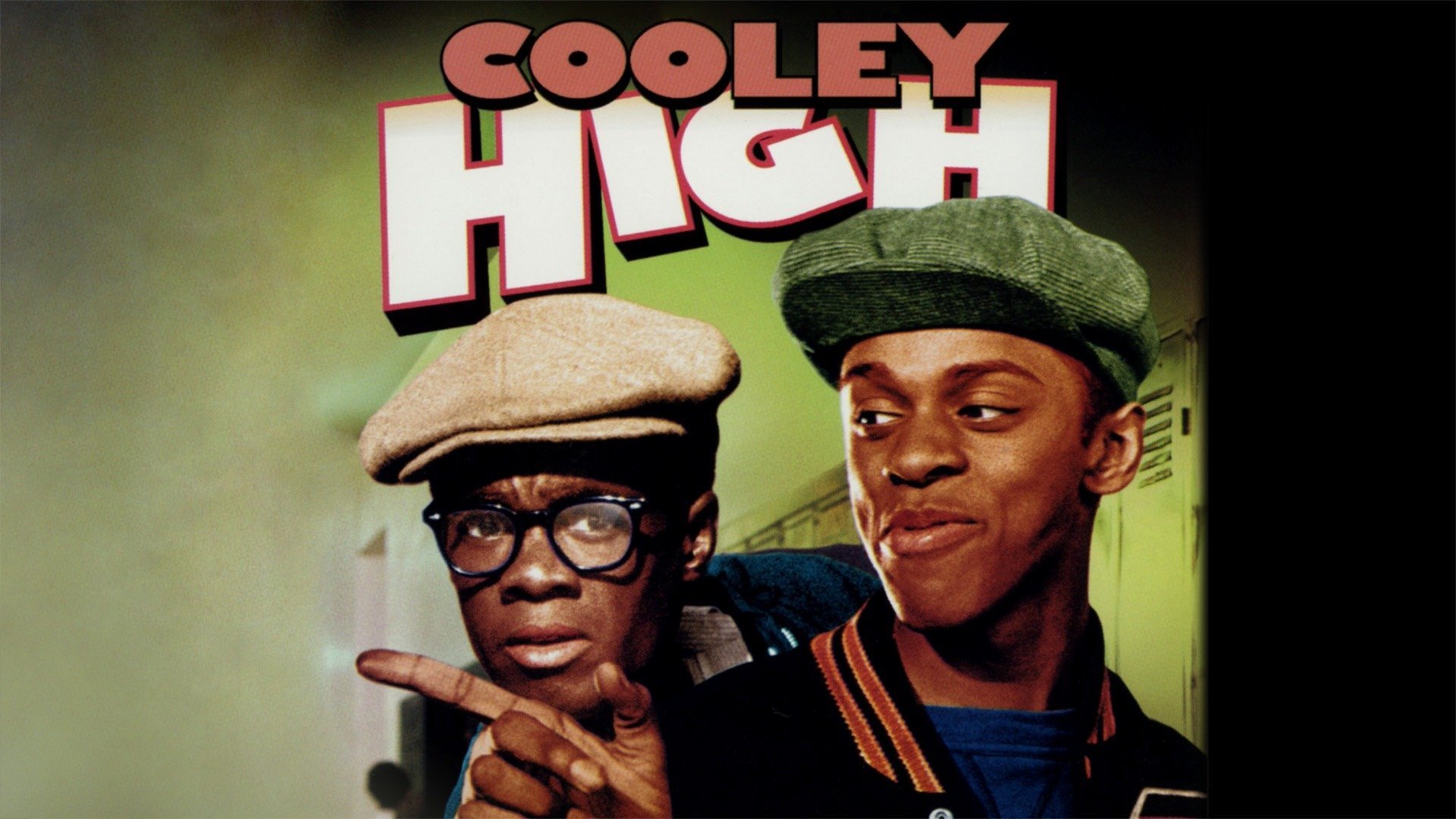
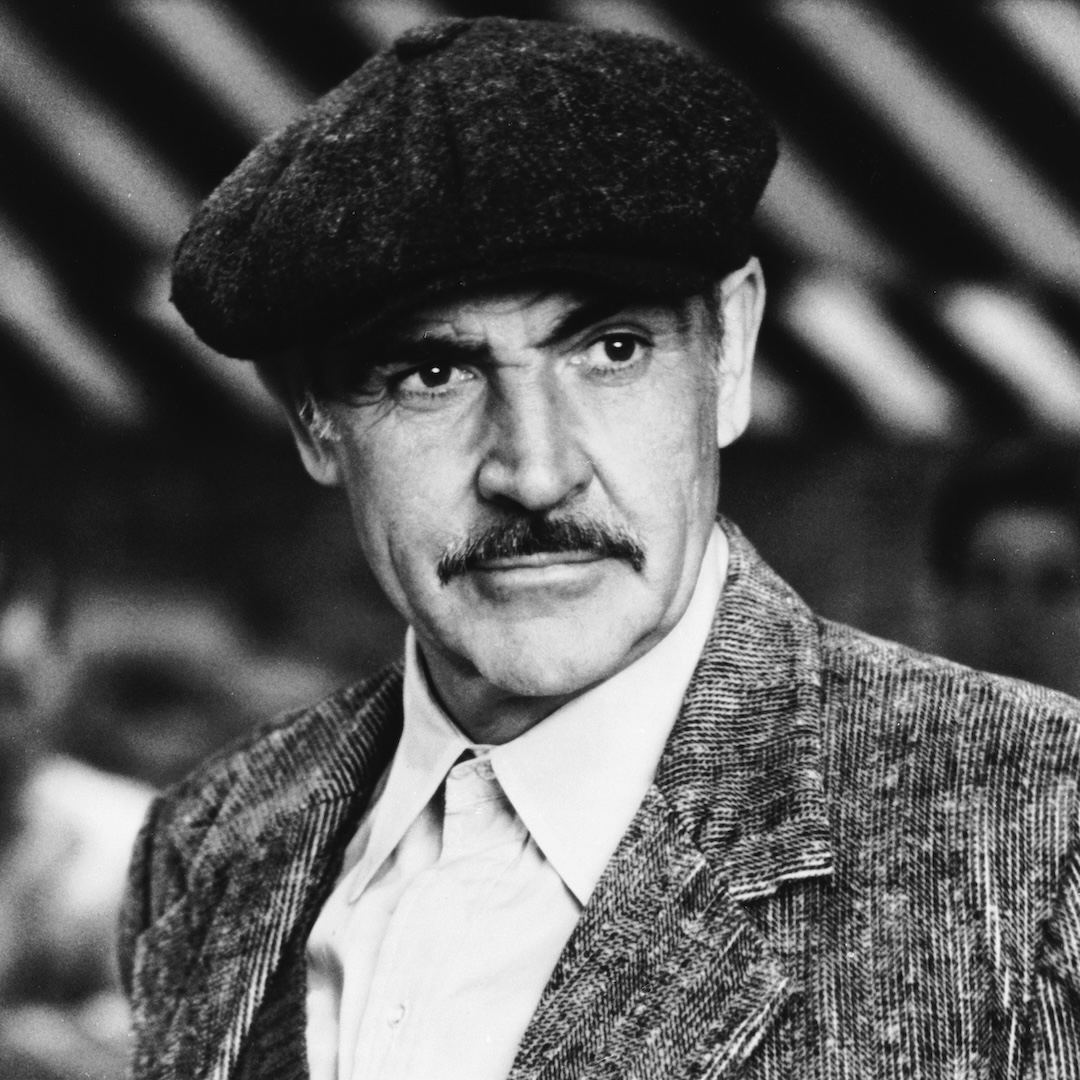

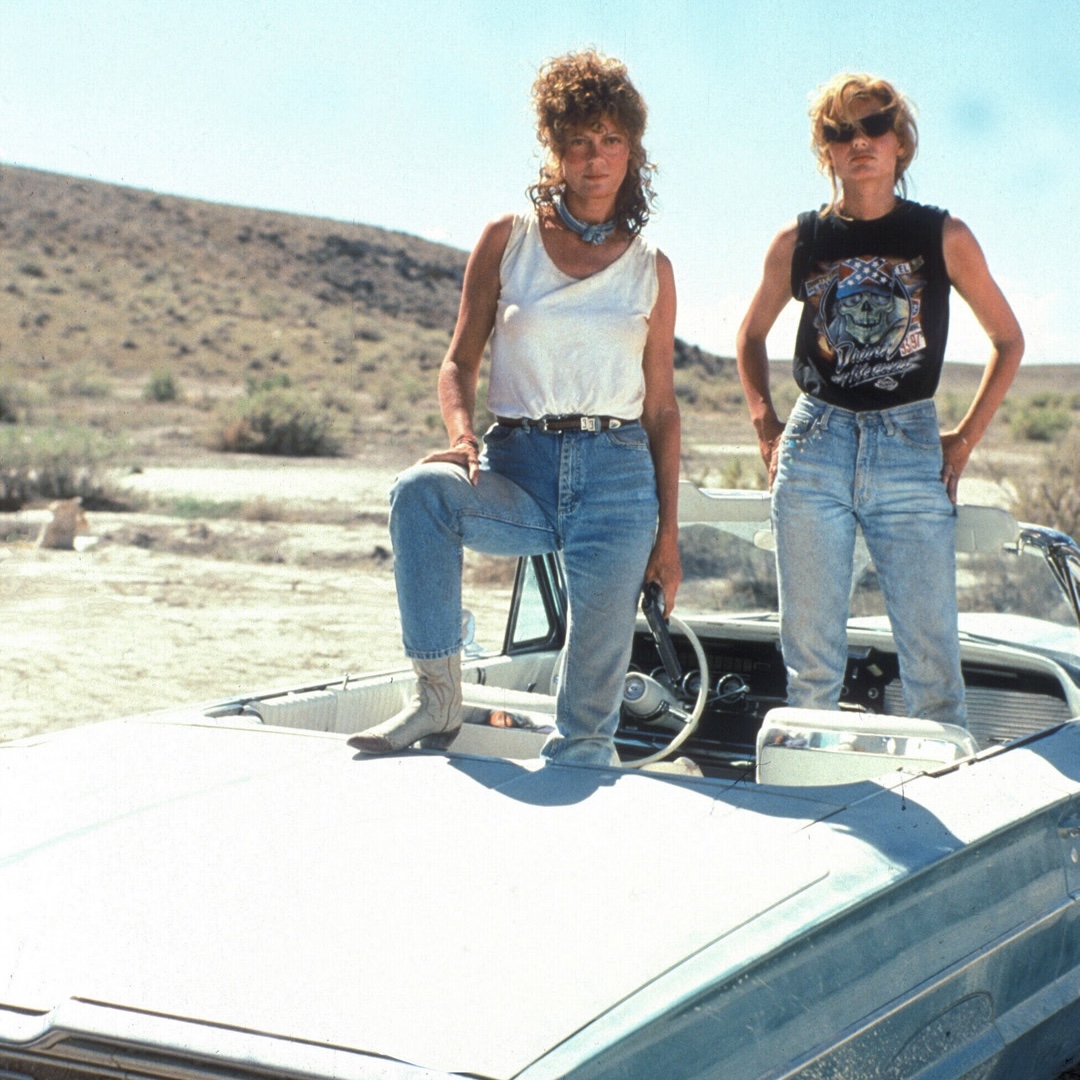
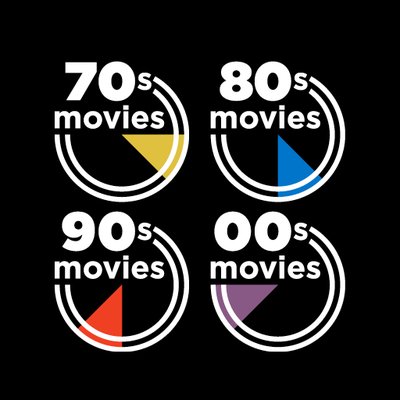
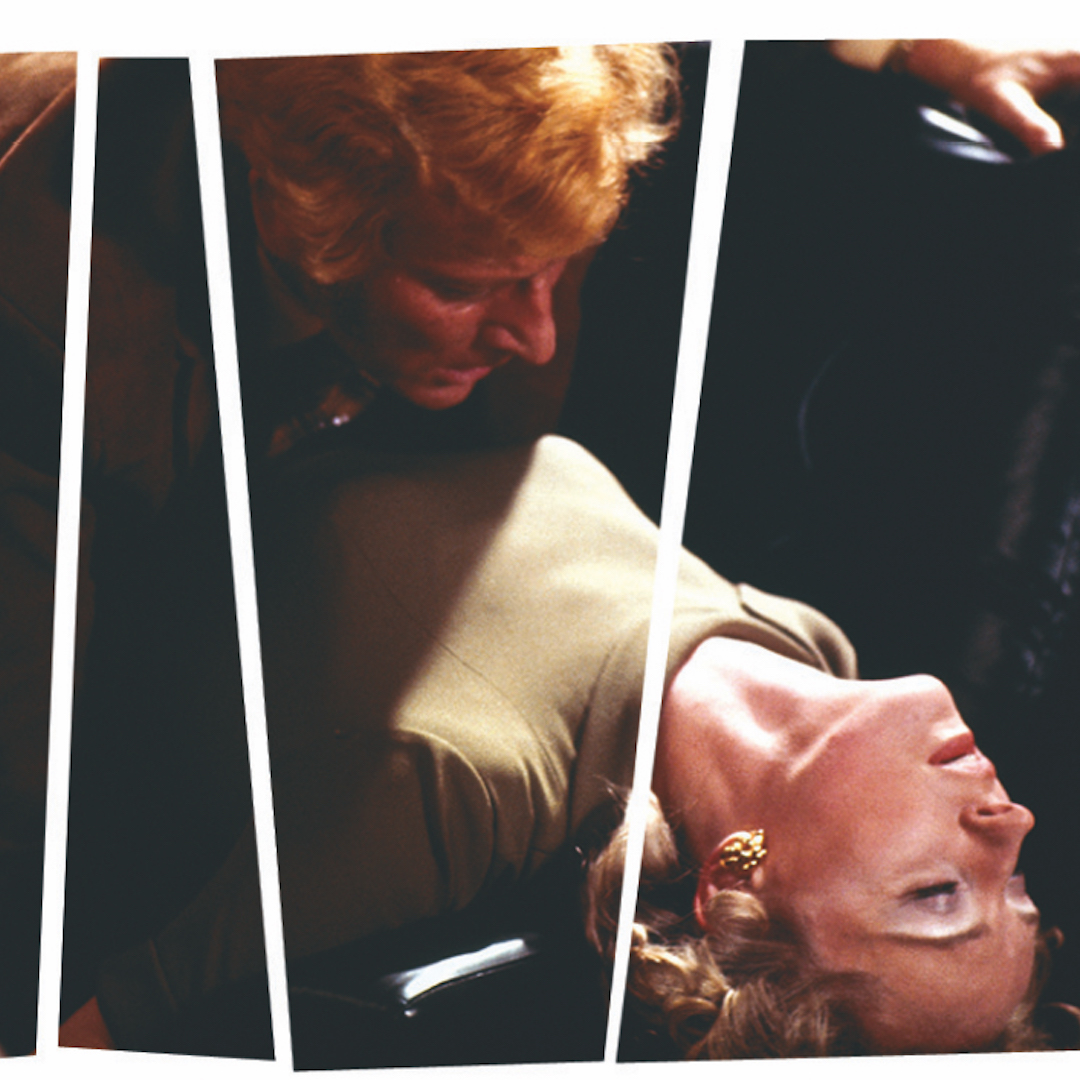

 Follow us on Instagram
Follow us on Instagram